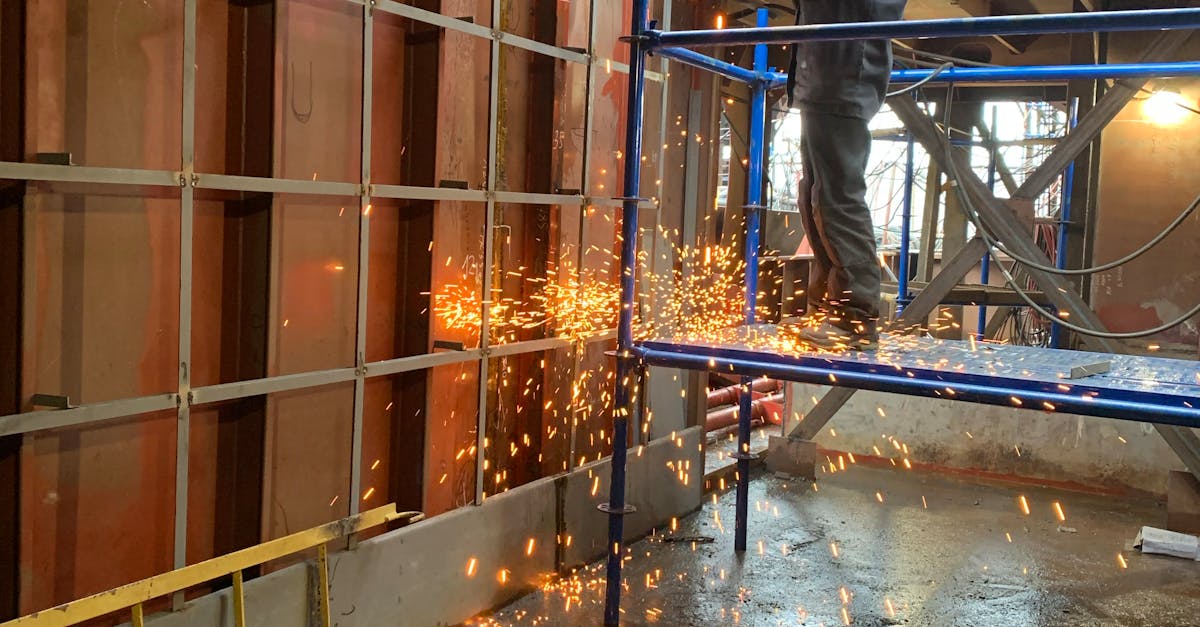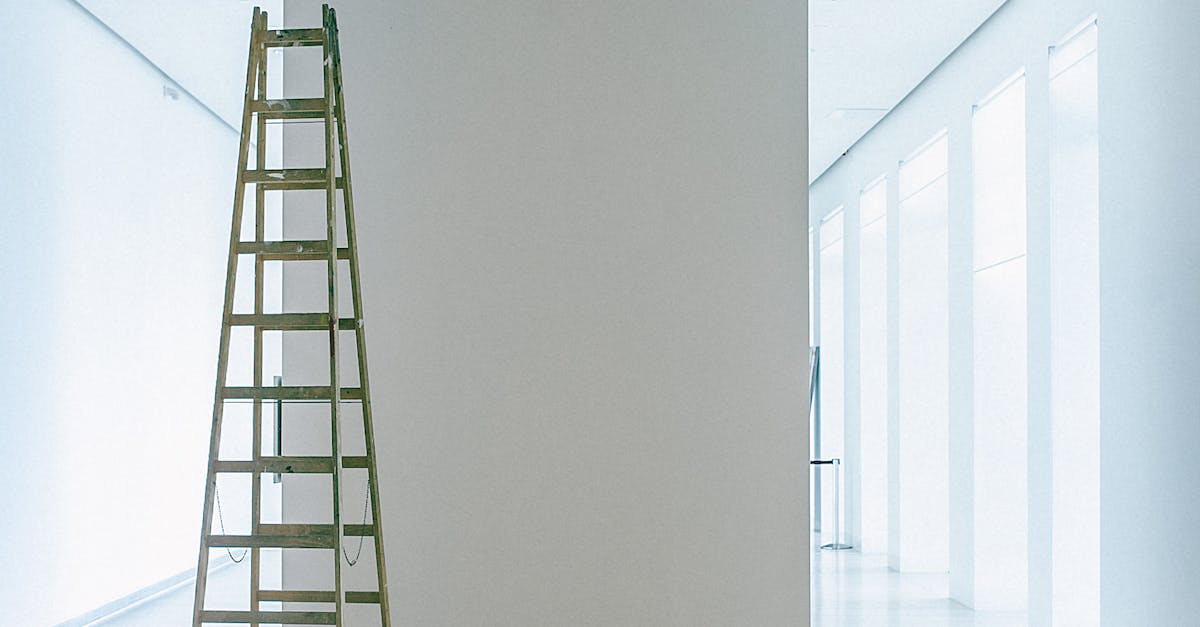
Table Of Contents
Fixing a Leaking Shower Head
Shower installation and repair near me is a common search term for individuals looking to eliminate the annoyance of a leaking shower head. To tackle this issue, start by ensuring that the shower head is tightly screwed onto the pipe coming out of the wall. Sometimes, a loose connection between the head and the pipe can cause water to seep out, leading to a constant drip. Simply using a wrench to tighten the connection might solve the problem without the need for any additional tools or expertise.
If tightening the connection does not resolve the leak, the shower head itself might be the culprit. Over time, the rubber washer inside the shower head can wear out, causing water to escape. In this case, simply replacing the rubber washer can restore a tight seal and put an end to the persistent dripping. It's a straightforward fix that can save you the hassle of dealing with a continuously leaking shower head.
DIY Solutions for a Dripping Shower Head
Is your shower head continually dripping and causing you unnecessary frustration? Fear not, as there are simple DIY solutions you can implement to rectify this common issue. One of the easiest fixes is to wrap the threads of the shower arm with plumber's tape to create a tighter seal. This can often stop the dripping and restore your shower to its working condition. Another quick solution is to clean the shower head thoroughly, removing any debris or mineral build-up that could be obstructing the flow of water. By simply soaking the shower head in vinegar overnight and then scrubbing it clean, you may eliminate the issue without much effort.
If these basic fixes do not solve the problem, you can consider replacing the rubber washer inside the shower head. This involves disassembling the shower head carefully, replacing the old washer with a new one, and reassembling the parts. Remember to turn off the water supply to the shower before attempting this fix to avoid any potential water leaks. If you feel unsure about handling these repairs on your own, remember that professional help is just a click away. Shower installation and repair near me services can provide the expertise needed to sort out any shower head issues efficiently.
Sealing Shower Enclosures
Sealing shower enclosures is an important aspect of maintaining a leak-free bathroom. Proper sealing helps prevent water from seeping out of the shower area and causing damage to surrounding walls and floors. To ensure a watertight seal, it is crucial to use high-quality sealants and follow the manufacturer's instructions carefully. Shower installation and repair near me offer professional services to seal shower enclosures effectively, ensuring a durable and long-lasting solution for your bathroom.
When sealing shower enclosures, attention to detail is key to achieving optimal results. Make sure to clean the surfaces thoroughly before applying the sealant to ensure a tight bond and prevent any leaks in the future. Additionally, regularly inspect the seals for signs of wear or damage and address any issues promptly to maintain the integrity of the enclosure. By investing in proper sealing techniques and materials, you can enjoy a dry and well-protected shower space for years to come. Shower installation and repair near me can offer expert guidance on the best sealing practices tailored to your specific needs.
Tips for Sealing the Shower to Prevent Leaks
When it comes to preventing leaks in your shower, proper sealing is crucial. One effective tip for ensuring a watertight seal is to use high-quality silicone caulking around the edges of the shower enclosure. This helps to create a barrier that prevents water from seeping into areas where it shouldn't be. Regularly inspecting the caulking for any signs of wear or damage and promptly replacing it can go a long way in maintaining the integrity of the seal.
Additionally, considering the type of grout used in between tiles can also impact the water-resistance of your shower. Opting for epoxy grout, which is more resilient and less porous than traditional cement-based grout, can enhance the sealing properties of your shower. By investing in these precautionary measures and conducting routine checks, you can reduce the likelihood of leaks and water damage in your shower. And if you encounter persistent issues, seeking professional expertise by searching for "Shower installation and repair near me" can provide tailored solutions for your specific needs.
Replacing a Broken Shower Door
If you've encountered a broken shower door, it's crucial to address the issue promptly to maintain safety and functionality in your bathroom. Replacing a broken shower door may seem like a daunting task, but with the right tools and guidance, you can successfully complete this repair. Begin by assessing the extent of the damage and determining the type of replacement door needed. Proper measurements and ensuring compatibility with your shower enclosure are essential for a successful replacement. When in doubt, seeking professional assistance from a shower installation and repair near me service can provide valuable expertise and ensure a smooth replacement process.
Once you have the necessary replacement door, carefully follow the manufacturer's instructions for installation. Remove the old shower door, clean the area thoroughly, and install the new door according to the provided guidelines. Pay close attention to sealing mechanisms and ensure a tight fit to prevent water leakage and maintain the integrity of your shower enclosure. By taking the time to replace a broken shower door correctly, you can enhance the functionality and aesthetics of your bathroom while ensuring a safe and secure showering experience for years to come.
Steps to Replace a Damaged Shower Door
To replace a damaged shower door, the first step is to carefully remove the existing door. Start by unscrewing any screws or bolts that hold the door in place. Once the door is fully detached, lift it out and set it aside. Take this opportunity to clean and inspect the shower area, ensuring that there is no damage or debris that could affect the new door's installation.
Next, measure the dimensions of the door frame accurately to ensure a proper fit for the replacement door. Purchase a new shower door that matches these measurements and aligns with your design preferences. Once you have the new door ready, follow the manufacturer's instructions for installation carefully. If you are unsure or would like assistance, consider hiring professionals for the job. Search for "Shower installation and repair near me" to find reliable services in your area.
FAQS
Can a leaking shower head be fixed?
Yes, a leaking shower head can be fixed by either tightening the connections, replacing the washer, or applying plumber's tape to the threads.
Are there DIY solutions for a dripping shower head?
Yes, there are DIY solutions for a dripping shower head such as cleaning the shower head, replacing the O-ring, or using a vinegar solution to remove mineral deposits.
How can I seal shower enclosures to prevent leaks?
To seal shower enclosures and prevent leaks, you can use silicone caulk to seal the edges and corners, ensure the door closes properly, and regularly check for any signs of wear or damage.
What are some tips for sealing the shower to prevent leaks?
Some tips for sealing the shower to prevent leaks include ensuring the grout is in good condition, re-caulking if necessary, using a shower splash guard, and addressing any water damage promptly.
Is it possible to replace a broken shower door?
Yes, it is possible to replace a broken shower door by removing the old door, measuring for a new one, purchasing a replacement door, and installing it following the manufacturer's instructions.


